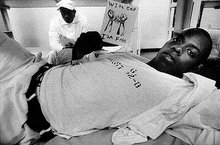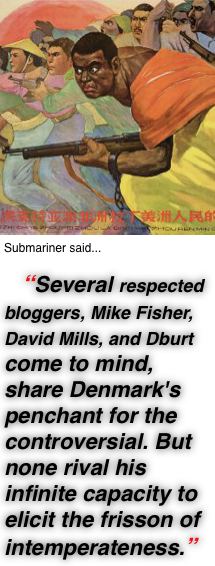 INTRODUCTION:
INTRODUCTION:DAILY "EPIDEMICS"
To appreciate how epidemics can be "created", one has to understand the degree of control that public health officials have throughout the entire process.
Public health agencies have assumed wide discretion in announcing "public health alerts". Such powers conferred upon the DoH to enforce that have been notoriously abused by health authorities. The DoH has wide discretion in calling "public health alerts". The CDC loosely defines an "epidemic" as 2-3 confirmed cases in different areas. An "area" may be a few city blocks, or an entire country. An "outbreak" is defined as at least one case in one area. There is also a system called "epilink", which suggests that if one person living in a household has a confirmed case of a "communicable" disease, then there's no need to draw blood to test anyone else with similar symptoms living in that same household.
Also, there's an over-reliance on incidence statistics rather than mortality, to demonstrate vaccination effectiveness. However, statisticians tell us that mortality statistics can be a better measure of incidence than the incidence figures themselves, for the simple reason that the quality of reporting and record-keeping is much higher on fatalities. [Darrell Huff, How to Lie With Statistics, p. 84] In 1982, Maryland state health officials blamed a epidemic on a television program, "DPT:Vaccine Roulette", which warned of the risks from the DPT vaccine. However, when Dr. J. Anthony Morris, former chief virologist for the U.S. Division of Biological Standards, had analyzed the 41 cases, only 5 were confirmed cases of pertussis, and all 5 had been vaccinated against the disease. [Trevor Gunn, "Mass Immunization: A Point in Question", p 15 (E.D. Hume, Pasteur Exposed-The False Foundations of Modern Medicine, Bookreal, Australia, 1989.)]
Historically, public health officials have routinely increased disease surveillance in areas of low vaccination acceptance as a retaliatory response (a) against people who reject Modern Medicine's vaunted public health tool, and (b) to justify predictions that outbreaks will occur because of said rejection. Intensified surveillance for whooping cough in Britain, Japan, and Sweden, for example, had followed steep declines in pertussis vaccination rates in those countries.
Sometimes the increased disease surveillance is accompanied by a relaxation of the case definition of the disease, and lowered criteria required for its diagnosis. Subclinical and borderline cases are suddenly classified as "severe". Suspected cases are permitted to be clinically diagnosed without laboratory confirmation. After 1955, for example, polio had "disappeared" following the Salk vaccine, only because thereafter clinicians hung new and different names on the same polio-like symptoms. In fact, it appears that it was the Salk vaccine itself that was the "great crippler", and that paralysis would have disappeared sooner, had we done without the vaccine.
The following 6 paragraphs are a summary of the article below about polio epidemiology in the 1950s: Cont=>
















































































































No comments:
Post a Comment